081 CD / Felix & Fanny Mendelssohn. Piano Trios
Description
"In previous issues I′ve praised the Abegg Trio′s radiant performances of Beethoven′s piano trios. This convenient set of the Mendelssohn′s works in this form - two by Felix and one by Fanny, composed the year after her brother′s second trio - elicits comparable enthusiasm, thanks to the brilliance of the renditions, individually and collectively (...). Highly recommended." (Fanfare)
6 reviews for 081 CD / Felix & Fanny Mendelssohn. Piano Trios
You must be logged in to post a review.


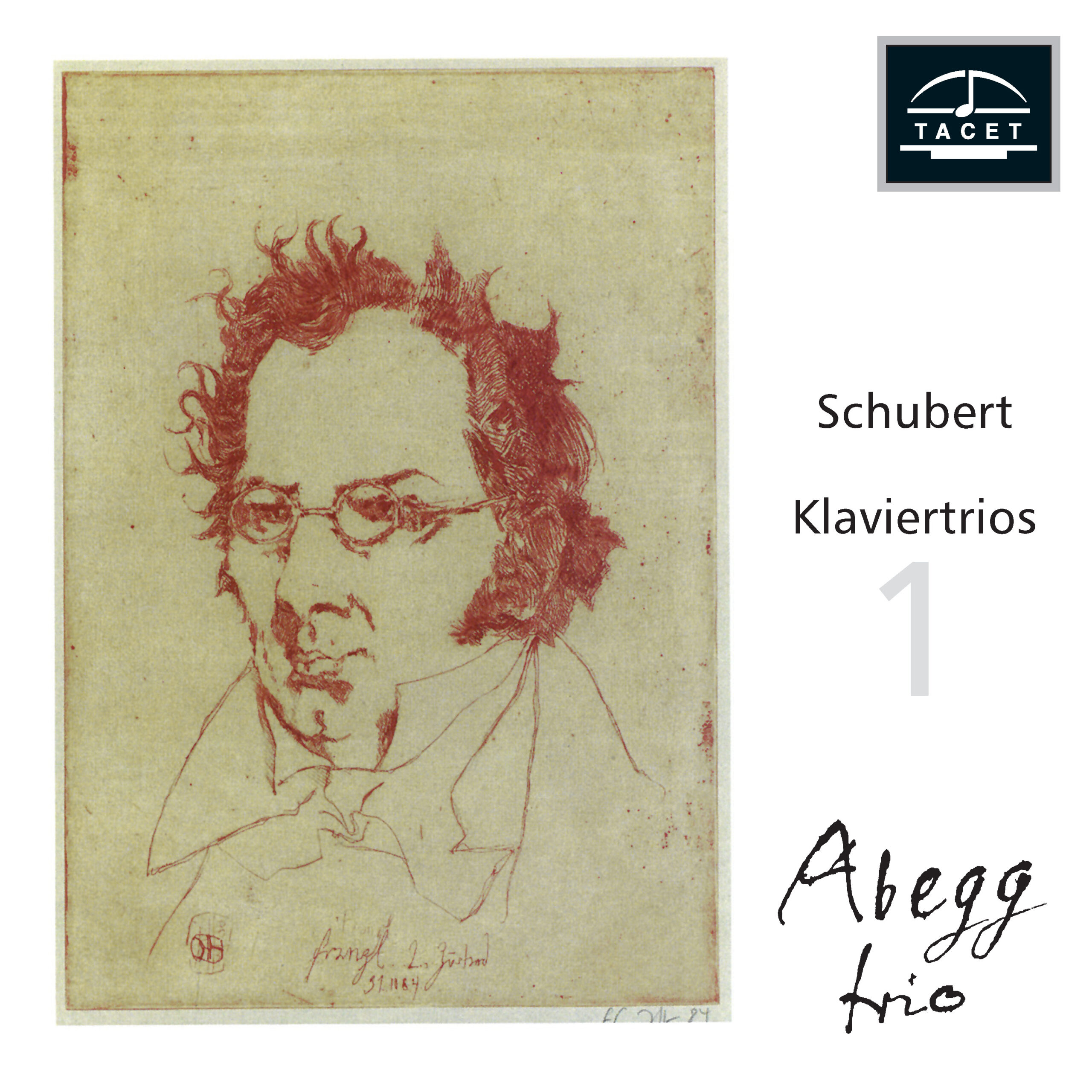

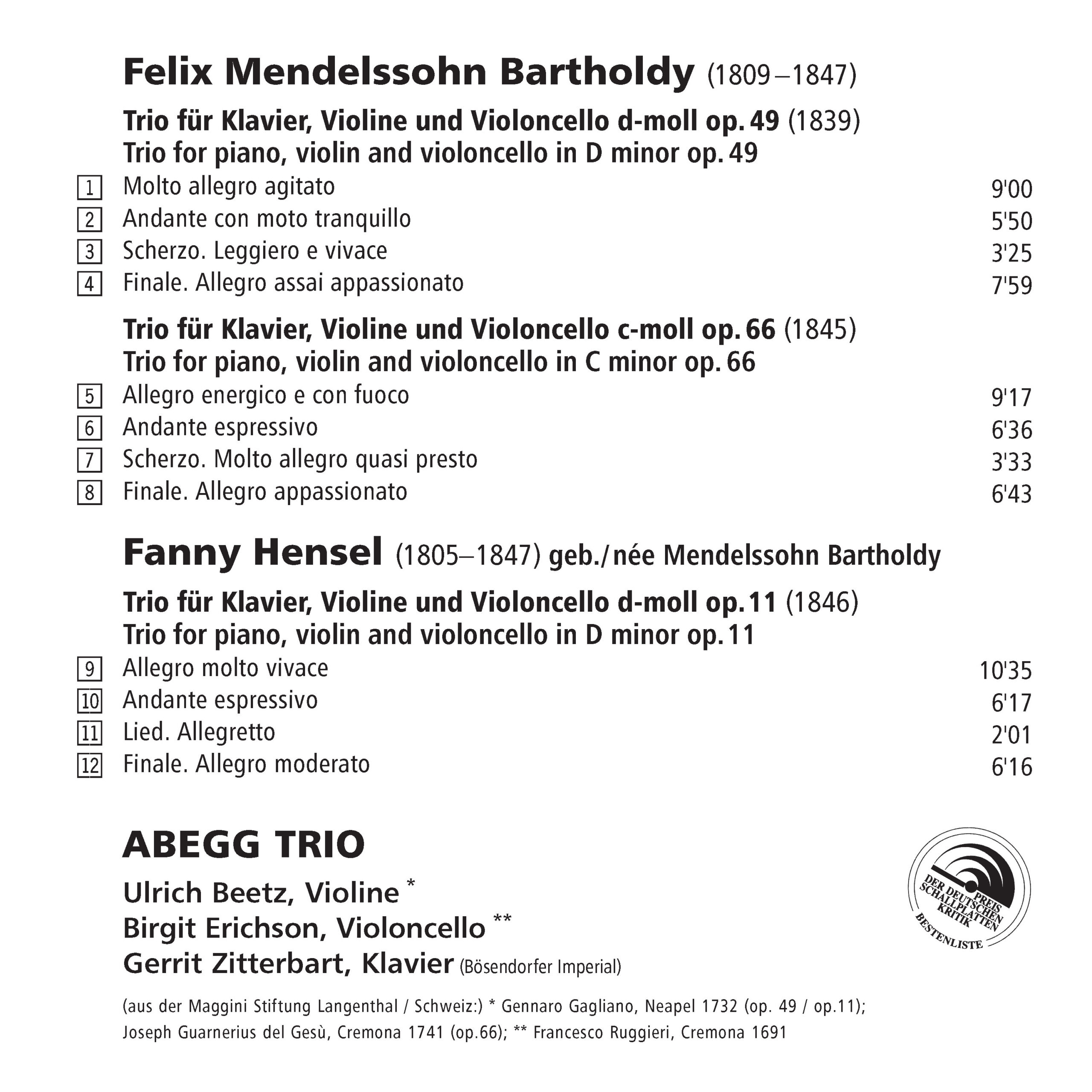




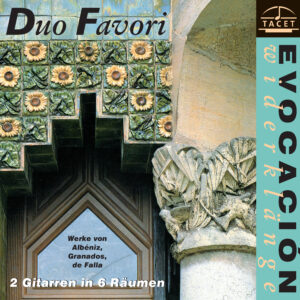


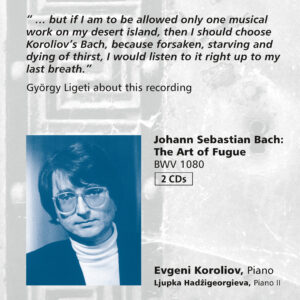
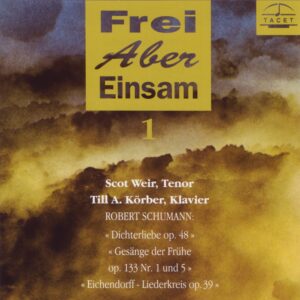

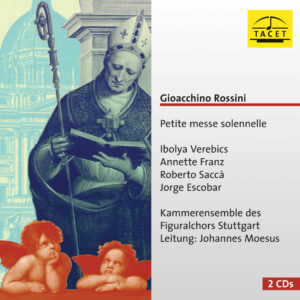
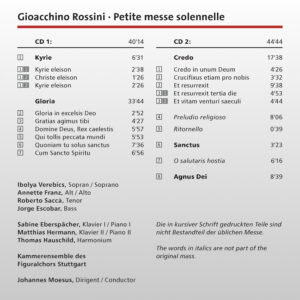
WDR, Forum der Musik –
For eighteen years, Ulrich Beetz (violin), Birgit Erichson (cello), and Gerrit Zitterbart (piano) have formed the Abegg Trio, a name long synonymous with excellence for chamber music enthusiasts—both nationally and internationally. Every new release from this ensemble is eagerly anticipated and consistently reaffirms the interpreters' stature and ambition. Their latest compact disc, published as always by Intercord (now reissued by Tacet), pairs both piano trio compositions by Felix Mendelssohn Bartholdy with the Piano Trio in D minor, Op. 11, by his highly gifted sister, Fanny Hensel (née Mendelssohn). Between us, it is surprising that such a sensible combination of works has not been encountered much sooner. This is the first merit of the Abegg Trio. The second merit is their interpretation, which is deeply moving because it takes the music literally, without compromise. This applies not only to the notes, tempos, and performance instructions. In other words, despite all their care and fidelity to the score, the musicians never lose sight of the act of making music. Thanks to the ensemble's harmony, the musical ideas can unfold freely, the cantilenas bloom, and their charm and individuality develop. Here, an appassionato is not cold fire, a quasi presto moves on the edge of playability, and an espressivo does not create excess pressure. Added to this is the organic way the interpreters breathe, sustain tension, and shade their tonal colors.
The result is unreservedly worth listening to and does justice not only to the temperament and depth of both Mendelssohn piano trios but also to the poetry of Fanny Hensel's trio composition, which, in this case, effortlessly steps out of the overpowering shadow of her brother. It is rare to speak of truly fulfilled music-making, but here it is to be experienced.
Ekkehard Kroher
Hessischer Rundfunk, Das Schallplattenkonzert –
In Franz Schubert’s work, vocal music is intimately connected to instrumental music. The same holds true for Felix Mendelssohn Bartholdy’s elder sister, Fanny Hensel. However, she was less successful in consistently developing song-like ideas. For instance, in her arguably finest chamber music work, the Piano Trio in D minor, Op. 11, there are repeated odd ruptures and abrupt shifts in thought, even though she strives precisely here to repeatedly revisit a core idea.
The Abegg Trio has now paired this work with the two piano trios by Felix Mendelssohn. Let’s listen to the finale of Fanny Hensel’s Op. 11 (audio example).
This finale from Fanny Hensel’s D minor Trio is characteristic, on the one hand, of the composer’s improvisational and pianistic invention—she was, after all, a brilliant pianist—and, on the other hand, of her tendency to juxtapose ideas rather than develop them.
With enthusiastic vigor, great brilliance, and a symphonically cohesive sound—qualities that make their Mendelssohn interpretations extraordinarily gripping—the Abegg Trio tackles the weaknesses of the composition with notable success. They bring the brilliant figuration to life and shape the cantilenas expressively.
Klaus Kirchberg
MDR Kultur –
Once again, regarding those perhaps still missing Christmas gifts… If you’re struggling to decide whether to give a CD or a picture book, I can now present you with a solution that combines both: a drawing by the brilliant Horst Janssen and a CD featuring piano trios by Fanny and Felix Mendelssohn-Bartholdy. How so? Quite simply: Janssen’s drawing is on the CD’s cover. But not just any drawing—it was specifically painted by him for this purpose. The poet Wolfgang Hildesheimer describes Janssen’s style of painting as "urgent and compelling." This also applies to his drawings based on models. The CD I highly recommend to you features one such drawing based on a model—specifically, Wilhelm Hensel’s drawing of his brother-in-law, Felix. And—fascinating and astonishing at the same time—through the unmistakable model, Janssen’s distinctive handwriting and personal message shine through, revealing a very special relationship to the original. All of this corresponds wonderfully with the interpretations of the Abegg Trio. They, too, are concerned with establishing a uniquely personal and audibly clear relationship with each composition. An entire CD series featuring Janssen’s drawings on the respective covers has since been released by Tacet, showcasing recordings by the Abegg Trio…
Ingeborg Allihn
Fono Forum –
Schumann hailed it as the "master trio of the present" and celebrated Mendelssohn as a new Mozart. There is no record of him surpassing his praise for Op. 49 when he became acquainted with Op. 66; the fact remains that the later work has always been overshadowed. While the recording market has quantitatively changed—it has almost become standard to pair both works—even interpreters as committed as the Abegg Trio cannot disguise the fact that Mendelssohn somewhat overloaded his C minor work, at the expense of the mysterious clarity admired in the D minor Trio. The ghostly Scherzo and the chorale in the Finale also feel slightly forced, and perhaps the quality of this music can only be revealed by pushing it to extremes, by dissecting it. But the Abegg Trio is too humane for that, which, in better compositions, is precisely their strength. Few piano trios possess this deeply personal, warm tone that results from the meeting of very different temperaments. Compared to earlier recordings, pianist Gerrit Zitterbart has slightly restrained his role as the driving force. In the Finale of Op. 49, one might wish for the Bösendorfer—and the sound engineering—to have a bit more bite. However, Zitterbart, especially in the Andante, demonstrates how to turn an introduction into a poetic island. Cellist Birgit Erichson occasionally overshadows the very sensitive playing of violinist Ulrich Beetz with a touch too much emphasis. The most distinctive and lively movements are the Scherzo—very swift and rich in accents—and the first movement.
Mendelssohn’s sister Fanny drew on the key of this work when she composed her D minor Trio. In her music, one finds more space and freedom in places than in Felix’s; however, motivic development plays only a secondary role. In the first movement, the striking use of sequences does not feel arbitrary but is very consciously dosed; in the Andante, Fanny’s idiosyncrasies are even more apparent: a subtle, fine inclination toward polytonality and, above all, her very personal treatment of the instruments. They converse with each other, and in the Finale’s sweeping piano fantasy, the violin and cello sneak in like children through a hole in the fence. No one can emulate the Abegg Trio in this.
Volker Hagedorn
Musik und Theater –
United on a CD for the first time as siblings, the piano trios of Fanny and Felix Mendelssohn reveal a wealth of expressive nuances that demand a great deal of artistic finesse. The Abegg Trio meets this requirement completely, while also captivating with passion.
la
Fanfare-Magazin –
In previous issues I′ve praised the Abegg Trio′s radiant performances of Beethoven′s piano trios. This convenient set of the Mendelssohn′s works in this form - two by Felix and one by Fanny, composed the year after her brother′s second trio - elicits comparable enthusiasm, thanks to the brilliance of the renditions, individually and collectively... The recorded sound is first-rate therein and throughout the two more familiar scores as well.
As previously noted, too, a Bösendorfer Imperial piano, played with some restraint by Gerrit Zitterbart and admireably balanced in this CD, adds a measure of richness not often encountered among other practitioners of the art of piano-trio playing...
That said, this Tacet CD sports an attractive lineup as well, and although there are many fine recorded performances of both of Felix′s piano trios, these merit inclusion among the very best, due to the Abegg′s superior playing, seasoned interpretations, and the splendid recorded sound...
Highly recommended.
John W. Lambert